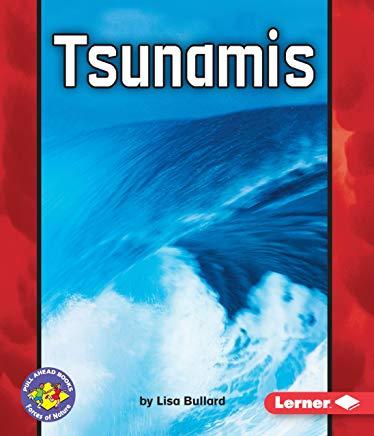
Claassen, Roxanne Harvin
product information
description
e used in several ways:1. To train students to become mediators and peacemakers in their classroom and at home and as peer mediators for their school.2. To train students to understand and participate in a restorative justice/discipline structure in the classroom based on the book Discipline That Restores: Strategies to Create Respect, Cooperation, and Responsibility in the Classroom by Ron and Roxanne Claassen.3. To train parents who want to understand and use a constructive conflict management strategy in their families.Making Things Right is divided into three sections. The first section consists of the lesson plans for each of thirty-two activities. The second section is called Projections and Handouts (larger print makes them easier to read when projected). The third section consists of the Student Folder Items. The time listed for each activity is an approximation and provided to help the teacher determine how they want to combine or use individual activities to fit their time frames.Making Things Right is designed to be used both for whole-class trainings in which lessons are taught on a daily basis spread over several days for one to two weeks, and for two-day student mediator training seminars. Our preference is to use the lessons with the entire class so all have the skills and strategies to be peaceful problem solvers. It is especially helpful for educating students about the theory, skills and strategies used in Discipline That Restores, also by Ron and Roxanne Claassen. Discipline That Restores gives teachers and administrators the knowledge and skills for implementing restorative justice discipline in the classroom and school. It is important for students to have as much knowledge of this structure and process as their teachers and school administrators so all are better able to constructively resolve conflicts together. Lessons are designed to help students learn and become equipped to understand and implement conflict and peacemaking theory, skills and strategies. Students will learn some theory and be encouraged to develop their own theories for why we are interested in learning about new strategies for problem solving, and they will participate in lessons that will teach a specific process to use for problem solving and peacemaking as individuals in relationship with others and as mediators. Making Things Right provides activities that build student understanding of the mediation process and gives students a chance to practice the process through roleplay. This training will enable students to develop practical skills that will help them respond constructively to conflicts in many areas of their own lives as well as help others. Punishment for misbehavior causes resentment to grow, and what appears as evil intent is a consequence of that resentment. Punishment damages relationship at least a little and sometimes a lot. We have discovered that the most effective way to respond to misbehavior is to gain the cooperation of each person involved - it is rare that misbehavior involves only one person -then to sit down with them and help them solve the problem. Responding this way transforms an otherwise destructive event into a teaching and learning situation for everyone involved and builds relationship.Personal experience has shown that students, kindergarten and above, can understand and respond constructively; students grade four and above can readily understand and use these concepts in their own interpersonal conflicts and as mediators. Roxanne used this curriculum for many years with her 8th grade students and with parents. Many have used this curriculum to train high school students. All teachers make some adaptations to best use it with their audience.
member goods
No member items were found under this heading.
Return Policy
All sales are final
Shipping
No special shipping considerations available.
Shipping fees determined at checkout.







